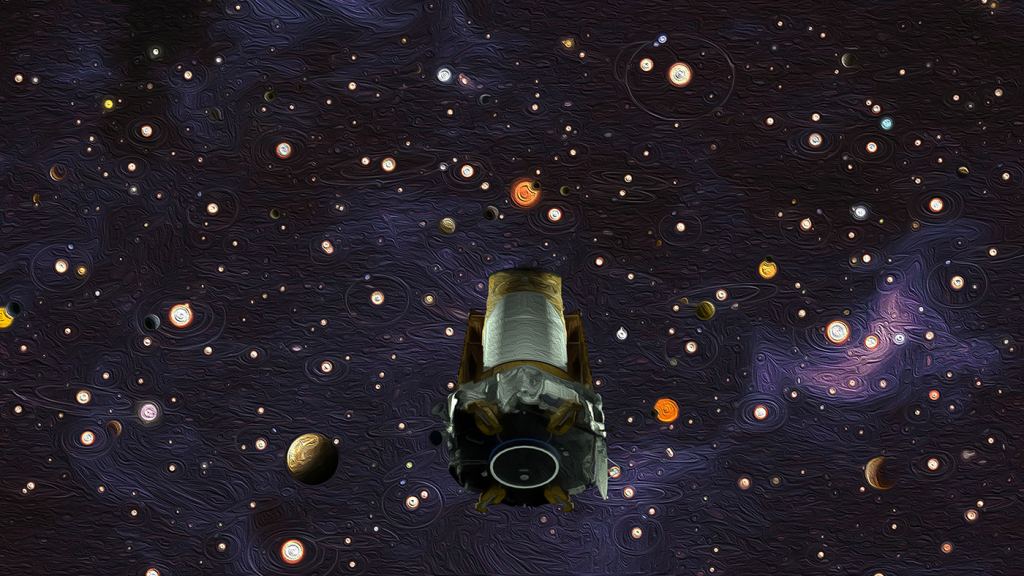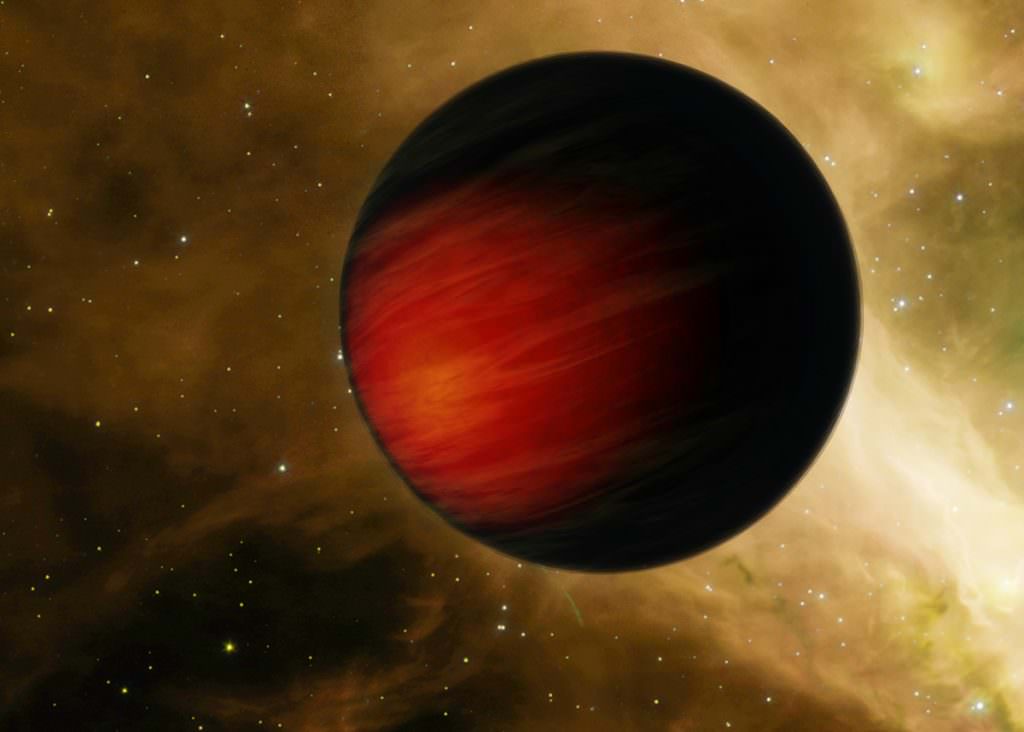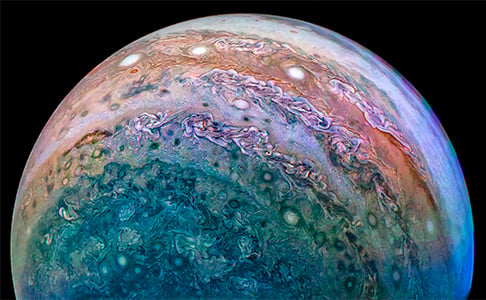How can two planets so similar in some respects have such different densities? According to a new study, a catastrophic collision may be to blame.
In our Solar System, all the inner planets are small rocky worlds with similar densities, while the outer planets are gas giants with their own similar densities. But not all solar systems are like ours.
The Kepler mission discovered a wide variety of exoplanets during its nine years of operation. Thanks to that mission, we now know of 2,000 confirmed exoplanets alone that have less than three Earth radii. And though these 2,000 planets have a fairly tight range of sizes, their densities can vary greatly.
The new paper was published in Nature Astronomy by astronomers Aldo S. Bonomo and Mario Damasso of the Istituto Nazionale Di Astrofisica (INAF), and by Center for Astrophysics | Harvard & Smithsonian (CfA) astrophysicist Li Zeng. A large team of colleagues too numerous to list were also involved in the study.
Some of the 2,000 previously mentioned exoplanets have densities lower than the gas giant Neptune, which consists of low-density volatiles, while some have densities higher than Earth, which consists mostly of rock (about 32% iron.) A new study examined exoplanets in the Kepler-107 system to try and understand how planets in the same system and with similar sizes can have such a wide range of densities.
The team focused on the Kepler-107 system because it contains four sub-Neptune-sized planets: Kepler-107b, c, d and e. The two innermost planets, 107b and 107c, have nearly identical radii of 1.5 and 1.6 Earth radii, but 107c is more than twice as dense as 107b. How can these twins, which are part of a very compact system of planets, have such different compositions?
"This is one out of many interesting exoplanet systems that the Kepler space telescope has discovered and characterized."
The short answer is either that they formed under very different conditions, or that something dramatic happened post-formation to alter their densities so drastically.
Before Kepler, astronomers only had our own Solar System to go by. And in our System, it appears that Jupiter, Saturn, Uranus and Neptune formed in the outer reaches of the protoplanetary disk, from cold ices and gases that made up the bulk of the material in the outer Solar System. In the inner reaches of the young Solar System, the rocky planets formed out of materials that survived the Sun's radiation, like silicates and iron.
But the Kepler mission showed us that what we think of as the norm, namely our own Solar System, is just one path that solar systems can take. Kepler discovered numerous so-called " Hot Jupiters ", large, gaseous worlds orbiting very close to their own stars. These massive gas giants couldn't have formed so close to their stars, because the gases they formed from wouldn't have survived in such close proximity to their star. They must have formed further away then migrated in.
There's evidence that Jupiter formed in the outer reaches of our Solar System, then migrated closer to the Sun, before finding its way to its current orbit. But as far as we know, the inner rocky planets didn't migrate: they formed in the inner Solar System and stayed here.
The Kepler 107 system also shows us that solar systems can form differently than our own, and that a catastrophic collision between two worlds can alter their densities.
Kepler 107b and 107c have radii of 1.53 and 1.59 Earth radii, orbital periods of 3.18 and 4.9 days, but densities of 5.3 and 12.65 grams per cubic centimeter, respectively. What can account for the huge disparity in densities? If solar radiation was responsible, by boiling off volatiles, then wouldn't both planets been subjected to it? Also, the outer planet has the greater density, not the inner one.
The team of astronomers argue that it was a catastrophic collision that is responsible for the disparate densities.
What they think happened is that Kepler 107c, the outer and more dense planet, suffered a catastrophic collision that stripped off its silicate mantle, leaving only the iron core.
"This is one out of many interesting exoplanet systems that the Kepler space telescope has discovered and characterized," said Li Zeng of Harvard. "This discovery has confirmed earlier theoretical work suggesting that giant impact between planets has played a role during planet formation. The TESS mission is expected to find more of such examples."
Planetary collisions are not a new idea. Evidence shows that the Earth's Moon was created as a result of a catastrophic collision between Earth and another body called Theia. This new research suggests that they may be much more common than thought.
If catastrophic disruptions occur frequently in planetary systems, then astronomers predict finding many other examples like Kepler-107, as an increasing number of exoplanet densities are determined more precisely.
Sources:
- Research Paper: A giant impact as the likely origin of different twins in the Kepler-107 exoplanet system
- Press Release: Colliding Exoplanets
- Wikipedia: Kepler-107
- Cal-Tech: Hot Jupiters
-
Wikipedia: Hot Jupiter
 Universe Today
Universe Today



